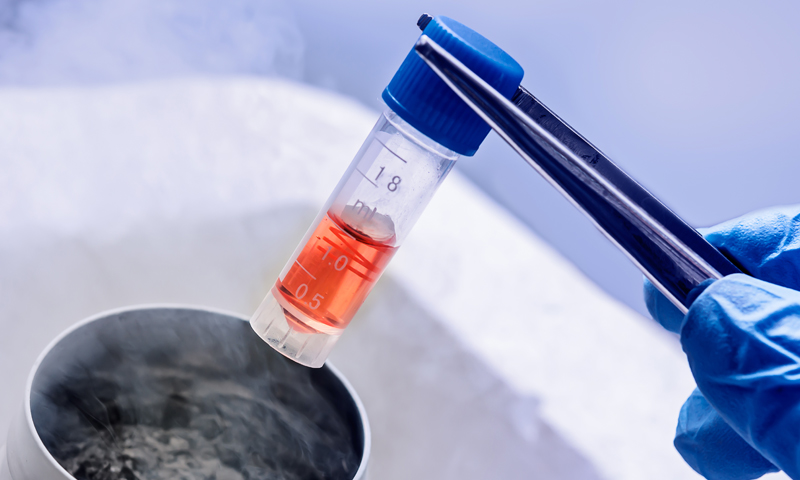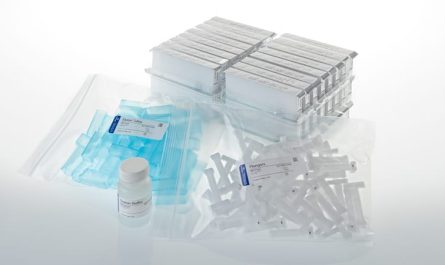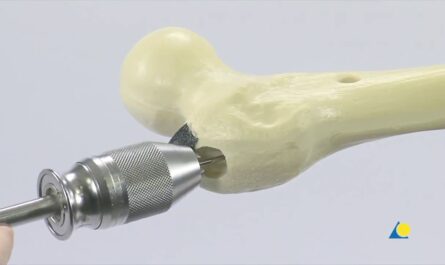Cell cryopreservation involves freezing cells at extremely low temperatures so they can be stored and preserved for long periods of time. This process allows cells to be frozen without damage and thawed for later use. Some of the major benefits and applications of cell cryopreservation include:
Storage of Cells for Future Research
Cells collected from patients or research specimens can be frozen and stored using cryopreservation techniques. This allows cells to be maintained nearly indefinitely until needed for future experiments or analysis. Cell lines derived from donated tissues can also be banked long-term through cryopreservation methods. Researchers can access preserved cells from past experiments or studies when investigating new areas.
Preservation of Stem Cells
Stem cells show tremendous promise for regenerative medicine and tissue engineering applications. Cryopreservation allows hematopoietic stem cells collected from cord blood or bone marrow to be stored for potential future use in transplant treatments. Embryonic and induced pluripotent stem cells can also be cryopreserved to maintain stem cell lines. This preserves their differentiation potential for development of new cell therapies.
Gamete and Embryo Banking
In fertility clinics, eggs, sperm, and early embryos are often cryopreserved through vitrification techniques. This allows couples undergoing fertility treatments to bank reproductive cells or embryos for future attempts at achieving a pregnancy through in vitro fertilization. Embryo and gamete banking provides options for growing families and helps preserve fertility options.
Improving Organ and Tissue Transplantation
Cell Cryopreservation plays an important role in transplant medicine. Tissues used for transplantation of organs, bone grafts, heart valves and more can be effectively stored through freezing. This expands the potential donor pool by banking preserved tissues and cells. It also facilitates shipping tissues long distances to patients awaiting transplants.
The Cryopreservation Process
Several key steps are involved in cryopreservation of cells:
1. Cell Harvesting and Preparation
The initial step is to harvest cells from their source, such as collecting a blood sample or culturing cells from a tissue biopsy. Cells are then washed and resuspended in a protective freezing media or cryoprotectant solution.
2. Slow Freezing Method
In slow freezing, cells are placed in containers like vials or straws and cooled in a controlled-rate freezer at a rate of around 1°C per minute until reaching -80°C. This gradual cooling prevents formation of damaging ice crystals inside cells.
3. Plunging into Liquid Nitrogen
Once cells have been slowly frozen, they are rapidly cooled to ultra-low cryogenic temperatures by immersion in liquid nitrogen at -196°C. At this temperature, all cellular water is frozen, essentially halting any biological activity.
4. Long-Term Storage
Cells can be securely stored in the gas phase above liquid nitrogen for decades. This preserves them in a metabolically inactive, nearly immortal state.
5. Thawing for Use
When needed, Cell Cryopreservation are rapidly thawed by warming in a water bath before resuspension in culture media. The recovery process aims to minimize damage from ice crystallization during thawing. Viable cell recovery rates may vary between 50-90% depending on cell type.
Factors Impacting Cell Viability
Several factors influence the ability of cells to withstand the cryopreservation process and remain viable after thawing:
Cell Type
Some cell types like lymphocytes and fibroblasts are more resilient to freezing than delicate cell types such as hepatocytes or pancreatic islet cells. Research often involves optimizing conditions for specific cell types.
Freezing Rate
Slow freezing allows water to leave cells gradually and minimizes formation of damaging intracellular ice crystals. Rapid freezing protocols such as vitrification work better for some cell types than slow cooling methods.
Cryoprotective Agents
Additives like DMSO, glycerol or polymeric substances help prevent cell damage and lysis during freezing and thawing. They displace intracellular water and protect cellular structures. The type and concentration must be optimized.
Storage Conditions
Cells stored long-term in liquid nitrogen at -196°C remain securely frozen without decline. Warmer storage temperatures can lead to more cell mortality over time from increased ice crystal formation.
*Note:
1. Source: Coherent Market Insights, Public sources, Desk research
2. We have leveraged AI tools to mine information and compile it
About Author - Alice Mutum
Alice Mutum is a seasoned senior content editor at Coherent Market Insights, leveraging extensive expertise gained from her previous role as a content writer. With seven years in content development, Alice masterfully employs SEO best practices and cutting-edge digital marketing strategies to craft high-ranking, impactful content. As an editor, she meticulously ensures flawless grammar and punctuation, precise data accuracy, and perfect alignment with audience needs in every research report. Alice's dedication to excellence and her strategic approach to content make her an invaluable asset in the world of market insights. LinkedIn

 by
by 


